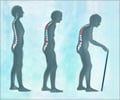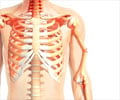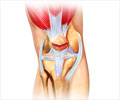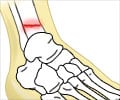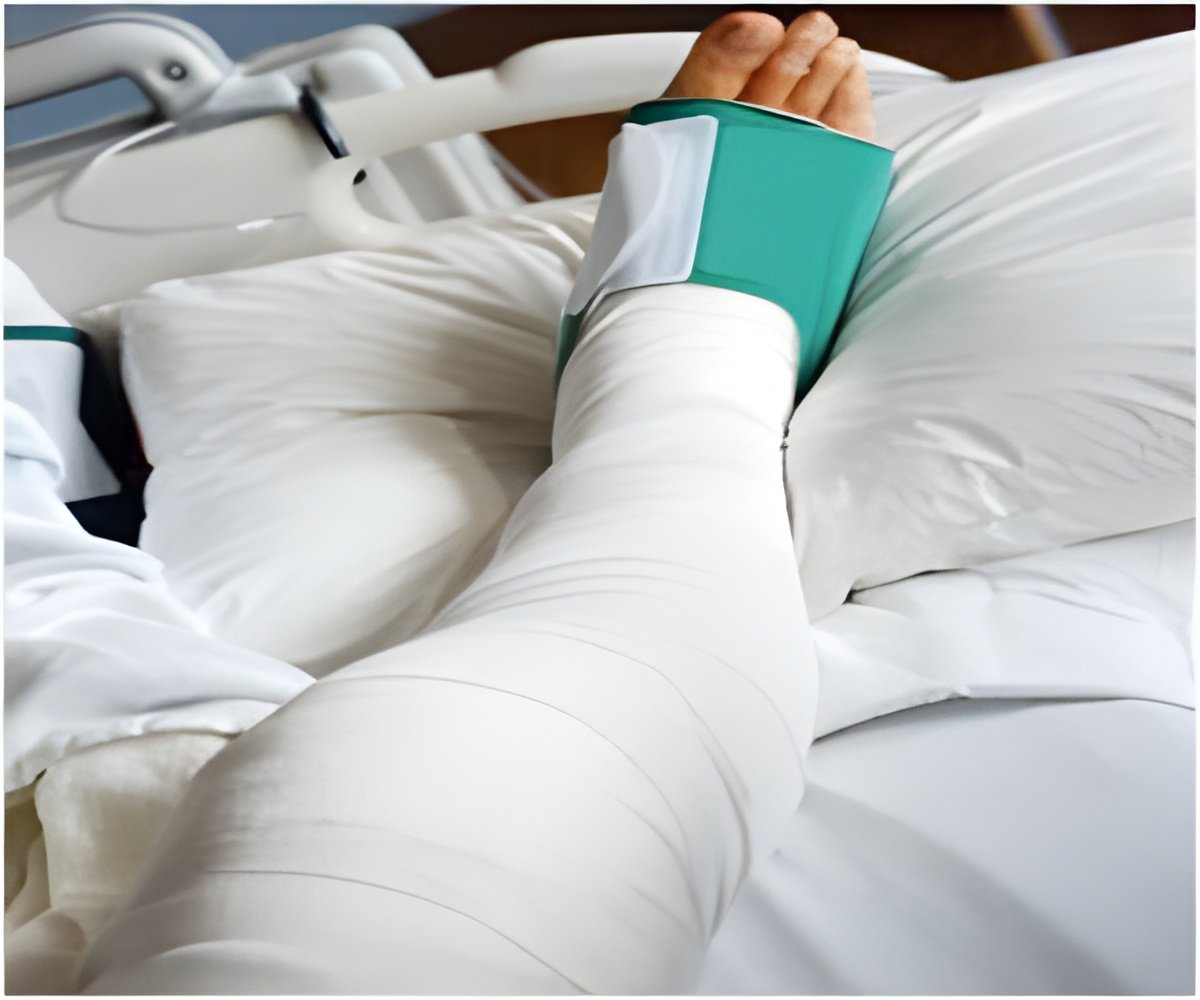
‘Osteoporosis affects more than 200 million people worldwide and demographic change means that these numbers are continuing to increase. Osteoporosis-related fractures have a significant effect on the quality of life of older people and also on the cost of healthcare provision. ’
Tweet it Now
The researchers studied the fracture history of 11,351 participants in the Rotterdam Study with up to 20 years of follow up. The aim of the Rotterdam study, which started in 1990, is to investigate factors that determine the occurrence of disease in elderly people. The genetic risk score (GRS) was derived from the largest genome-wide association study (GWAS) on BMD to date, carried out in data from the UK BioBank. A GWAS analyses a genome-wide set of genetic variants in different individuals to see if any of the variants is associated with a trait or disease.
Physical activity during the course of a life has an impact on the onset of osteoporosis and campaigns promoting exercise at all ages are important for preventing its early onset. But people with a genetic predisposition to early fracture could benefit from targeted interventions, not only to increase bone mass density in adulthood but also to prevent falls, for example by improving balance and muscle power. So being able to identify these patients at an early stage could lead to a better outcome for these individuals.
Widening the research to include non-European populations will be an important step forward. Until now genetic risk scores have been generated from GWAS containing mainly European populations, and do not always yield the same results in people from different backgrounds. Even though the prevalence of osteoporosis is much higher in Europeans, the study of how well the GRS can predict time to fracture in other populations is crucial, say the researchers.
The current method of classifying patients based on bone density scans is effective, but we are trying to help those individuals with apparently normal bone mass density who suffer fractures, and it is these people the bone research community is trying to identify so that we can offer them the right intervention and treatment,» says Dr Medina-Gomez.
Advertisement
Chair of the ESHG conference, Professor Joris Veltman, Dean of the Biosciences Institute at Newcastle University, Newcastle upon Tyne, UK, said: "Genetic information often tells us whether a person is at increased risk to develop a disorder or not. Unfortunately, it mostly does not tell us when these disorders will develop, and that minimises the use of genetics for practical medical decision-making.
Advertisement
Source-Eurekalert


